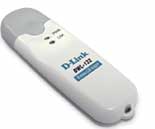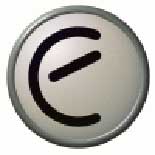So far I
found it rather easy to post one or more messages a day as I was
installing a lot of software or trying to get things working and was
merely logging my progress for future reference. These notes are useful
to me but probably not to the rest of the world. Another thing I noticed
is that I’m using this blog sometimes as a replacement for my
Bookmarks, merely listing interesting web-pages without too much
personal comments. I will continue to post both install-logs and
bookmark-logs but in addition I want to write (say weekly) a lengthier
post on a specific topic with more background, more details (such as
screenshots) and more personal comments. We will see how this works out
in the coming weeks…
Another thing that slightly
worried me is that people visiting my homepage and clicking on to my
blog may expect entirely different things there. But this cant be
helped, I’m sitting on an OSX-cloud at the moment but no doubt this
will change quickly. Beginning of february I have to give a talk on
Combinatorial Game Theory and soon afterwards the
Non-commutative Geometry Master Class starts in which I’m giving
a couple of courses, so mathematics will become more dominant in this
blog from next month on…
 On a
On a
blog-tech matter : I found a quite good editor pMpost
which is meant to write pMachine-blogs offline and upload them by one
click. It also synchronizes categories etc. on login. Further, it has a
spelling-checker but the thing I really like about it is that you can
save texts as a draft and continue at a later time (sadly, it remember
the date/hour when you start your post so when you finally submit it it
will be posted at the starting- rather than the posting-day. Still,
there is nothing that copy/paste cannot solve. I hope to use this
facility when (read if) I’m going for a more in-depth post. Another
matter that I will address to as quickly as possible (probably over the
weekend) is teh layout of this site. The main annoying thing is that the
text doesnt resize when you increase/decrease window width. So I will
address this matter first and probably leave a personal layout and
color-scheme to later. Fortunately, I did find a good site containg a
lot of CSS templates for pMachine weblogs. Another site I’ll have to
investigate over the weekend is pMtemplates. But don’t expect too much from the
layout-side, I still have other projects to worry about : SSL, WebDAV,
streaming iTunes, getting on Ethernet-DVD player to work and so
on.
 We
We